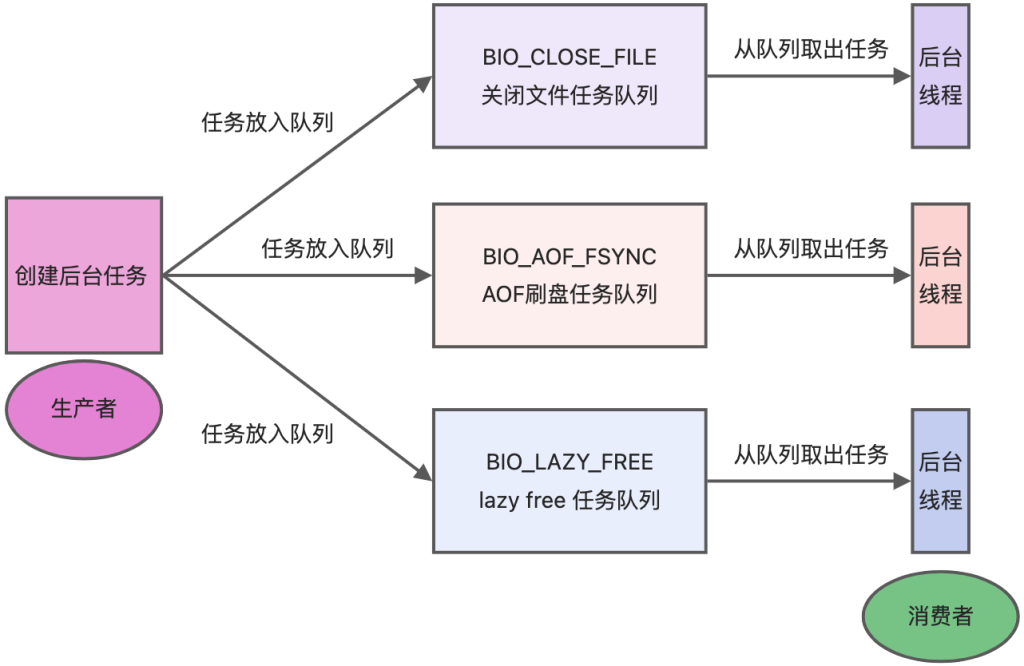bind() 函数通常用于 JavaScript 中的事件处理和回调函数,用于将函数的 this 上下文绑定到指定的对象,确保在调用函数时始终使用正确的上下文。
当需要将方法传递给其他地方(如事件监听器)时,bind() 函数非常有用,因为它能确保方法在适当的上下文中运行。
![bind函数的用法和参数(bind函数的作用) 图片[1]-bind函数的用法和参数(bind函数的作用)-不念博客](https://www.bunian.cn/wp-content/uploads/2023/05/qqjietu20230502162833.png)
以下是 bind() 函数的用法和参数:
1、函数定义:
function.bind(thisArg[, arg1[, arg2[, ...]]]);function.bind(thisArg[, arg1[, arg2[, ...]]]);function.bind(thisArg[, arg1[, arg2[, ...]]]);
function: 要绑定this上下文的函数。thisArg: 要绑定到函数的this上下文的对象。arg1, arg2, ...: 可选的参数列表。这些参数将被预置到绑定函数的参数列表中。
2、示例:
考虑以下 JavaScript 代码:
const person = {name: 'John',sayHello: function() {console.log('Hello, ' + this.name + '!');},};const button = document.createElement('button');button.textContent = 'Click me!';document.body.appendChild(button);button.addEventListener('click', person.sayHello);const person = { name: 'John', sayHello: function() { console.log('Hello, ' + this.name + '!'); }, }; const button = document.createElement('button'); button.textContent = 'Click me!'; document.body.appendChild(button); button.addEventListener('click', person.sayHello);const person = { name: 'John', sayHello: function() { console.log('Hello, ' + this.name + '!'); }, }; const button = document.createElement('button'); button.textContent = 'Click me!'; document.body.appendChild(button); button.addEventListener('click', person.sayHello);
在这个例子中,当用户点击按钮时,会调用 person.sayHello 函数。然而,由于事件处理函数的 this 上下文默认绑定到触发事件的元素(即按钮),sayHello 函数中的 this.name 不会正确引用 person 对象的 name 属性。这将导致输出 “Hello, undefined!”。
为了解决这个问题,可以使用 bind() 函数将 this 上下文绑定到 person 对象:
button.addEventListener('click', person.sayHello.bind(person));button.addEventListener('click', person.sayHello.bind(person));button.addEventListener('click', person.sayHello.bind(person));
现在,当用户点击按钮时,sayHello 函数的 this 上下文将正确绑定到 person 对象,从而输出 “Hello, John!”。
3、使用预置参数:
bind() 函数还允许预置参数。以下是一个示例:
function greet(greeting, punctuation) {console.log(greeting + ', ' + this.name + punctuation);}const person = {name: 'John',};const greetPerson = greet.bind(person, 'Hello');greetPerson('!'); // 输出 "Hello, John!"function greet(greeting, punctuation) { console.log(greeting + ', ' + this.name + punctuation); } const person = { name: 'John', }; const greetPerson = greet.bind(person, 'Hello'); greetPerson('!'); // 输出 "Hello, John!"function greet(greeting, punctuation) { console.log(greeting + ', ' + this.name + punctuation); } const person = { name: 'John', }; const greetPerson = greet.bind(person, 'Hello'); greetPerson('!'); // 输出 "Hello, John!"
在这个例子中,greet 函数接收两个参数:greeting 和 punctuation。
通过调用 greet.bind(person, 'Hello'),我们创建了一个新的函数 greetPerson,它的 this 上下文绑定到 person 对象,且第一个参数 greeting 预置为 ‘Hello’。
当调用 greetPerson('!') 时,输出 “Hello, John!”。
© 版权声明
本站文章由不念博客原创,未经允许严禁转载!
THE END











